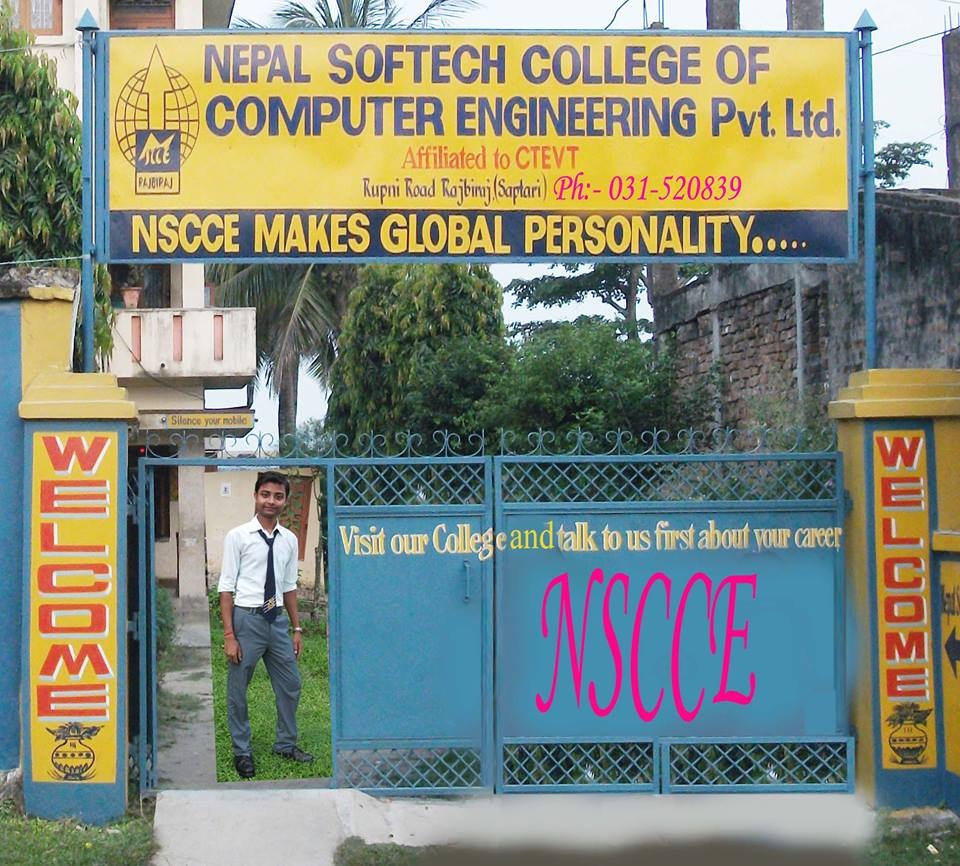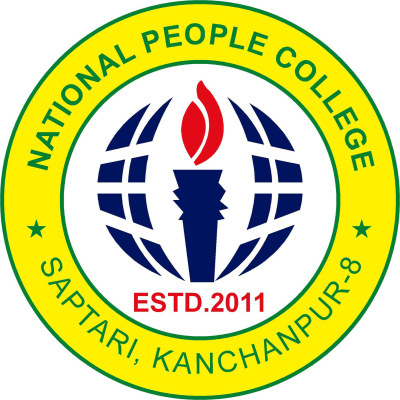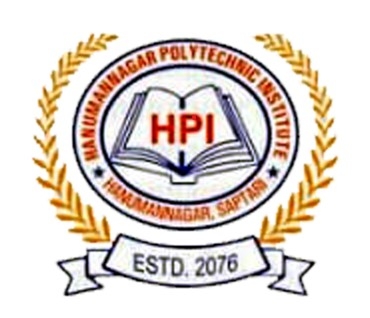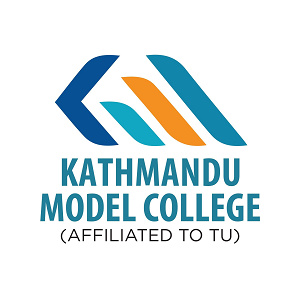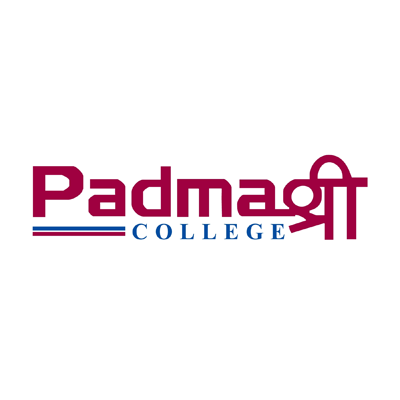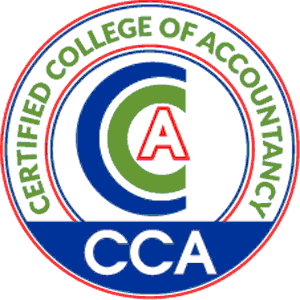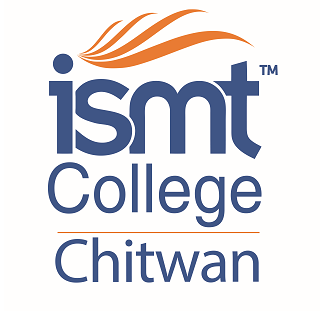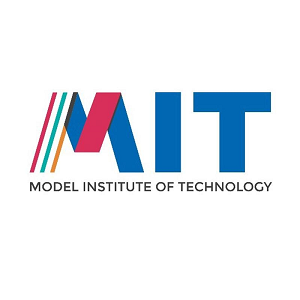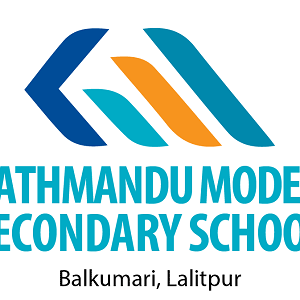Overview
Diploma in Survey (Geomatics) Engineering at Rajbiraj Polytechnic Institute
The Diploma in Survey (Geomatics) Engineering at Rajbiraj Polytechnic Institute (RPI) is a three-year technical program developed to provide students with the knowledge and skills required for land surveying, mapping, and geospatial analysis. The course is affiliated with CTEVT and is structured to address the growing need for accurate spatial data in development planning, construction, and land management.

Curriculum Details
The curriculum follows the official CTEVT framework and covers plane surveying, geodesy, photogrammetry, remote sensing, GPS, GIS, engineering drawing, and digital mapping techniques.
The program includes practical training, field surveys, and data processing using industry-standard instruments and software.
Objectives
-
To prepare students with the technical skills needed for professional land and construction surveys
-
To introduce modern tools and digital technologies in geomatics engineering
-
To train students for active roles in development projects involving terrain analysis, boundary determination, and infrastructure mapping
-
To promote accuracy and responsibility in spatial data collection and documentation
Scope
Graduates can contribute to various sectors, including civil engineering, hydrology, land administration, agriculture, forestry, and urban planning. The demand for geomatics professionals is growing as infrastructure projects expand and land-use planning becomes more data-driven.
Learning Outcomes
Students completing this course will be able to:
-
Conduct land, route, and topographic surveys
-
Operate and maintain surveying instruments like theodolite, total station, and GPS receivers
-
Interpret aerial imagery and satellite data
-
Prepare maps, plans, and technical reports based on collected data
Skill Development Modules
Key skill areas covered include:
-
Total station and GPS operation
-
Map preparation and coordinate system handling
-
Data processing using GIS software
-
Practical training in remote sensing and satellite data use
Hands-on modules reinforce classroom instruction and help students build confidence in fieldwork and analysis.
Teaching Methodology
The course integrates theoretical learning with field-based practice. Students participate in group projects, lab work, supervised survey camps, and report writing assignments. The learning process is interactive and focuses on critical thinking and precision.
Admission Requirements
-
Minimum requirement: SEE or equivalent
-
CTEVT entrance exam is mandatory
-
Total Seats: 48
-
Scholarship Seats: 4 (under CTEVT criteria)
Applicants must provide academic certificates, identification documents, photographs, and supporting documents for scholarship categories.
Career Opportunities
Graduates are eligible to work as:
-
Survey technicians
-
Mapping assistants
-
GIS operators
-
Junior geomatics engineers
-
Field data collectors in public and private organizations
Scholarships and Financial Aid
RPI offers scholarships based on government-defined quotas. Priority is given to applicants from disadvantaged backgrounds, including women, remote-area residents, and conflict-affected communities.
Why Choose This Course?
This course provides essential field and digital mapping skills for students interested in land development, infrastructure planning, and environmental monitoring. It offers real experience through practical learning and local accessibility.
Conclusion
The Diploma in Survey (Geomatics) Engineering at RPI gives students the technical foundation to support Nepal’s infrastructure and land management growth. The course helps learners take meaningful steps into a spatial data-focused profession with expert guidance, relevant tools, and field-based instruction.


